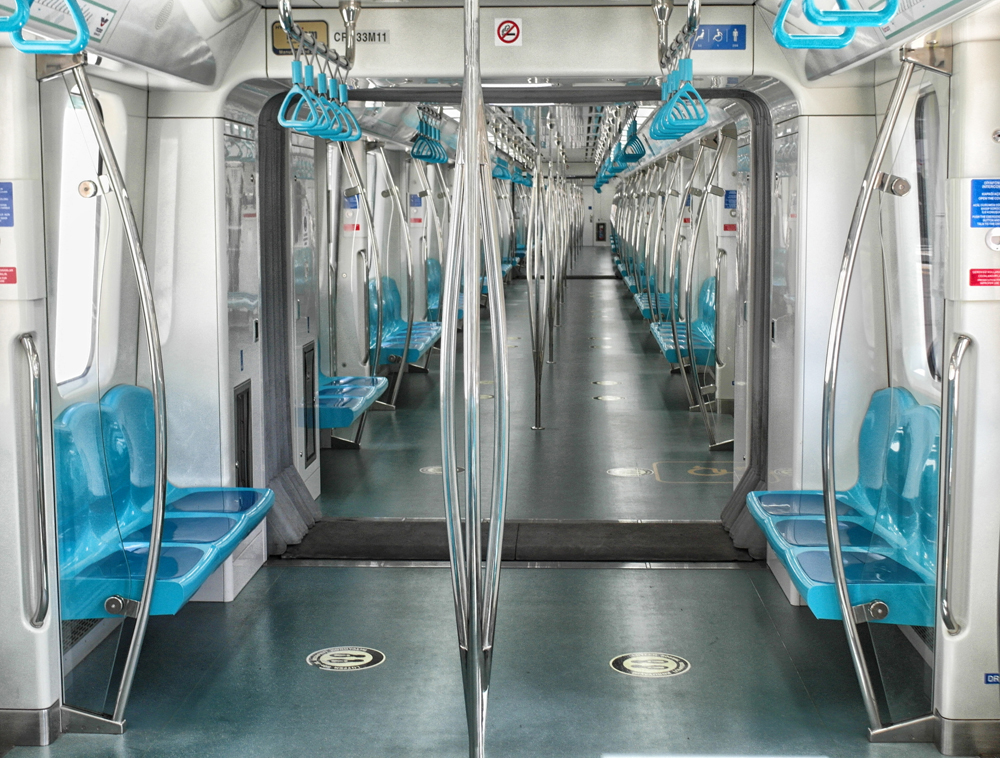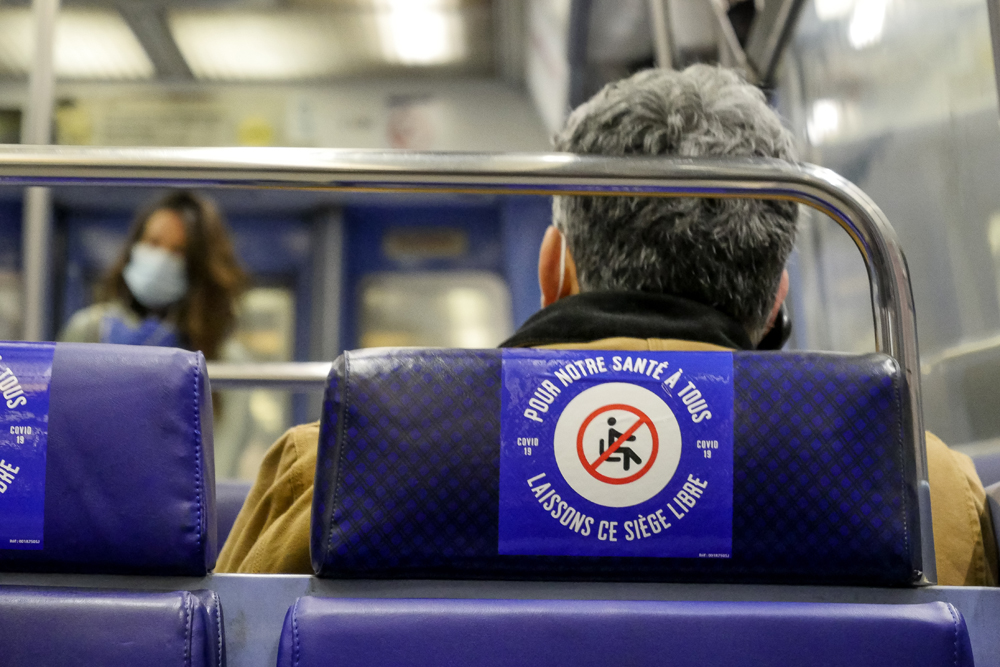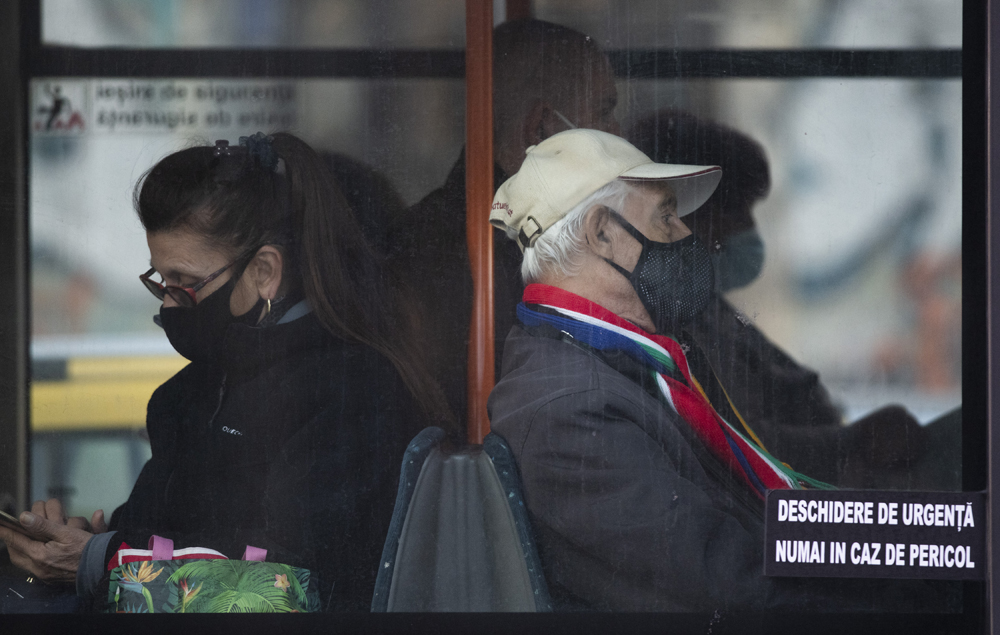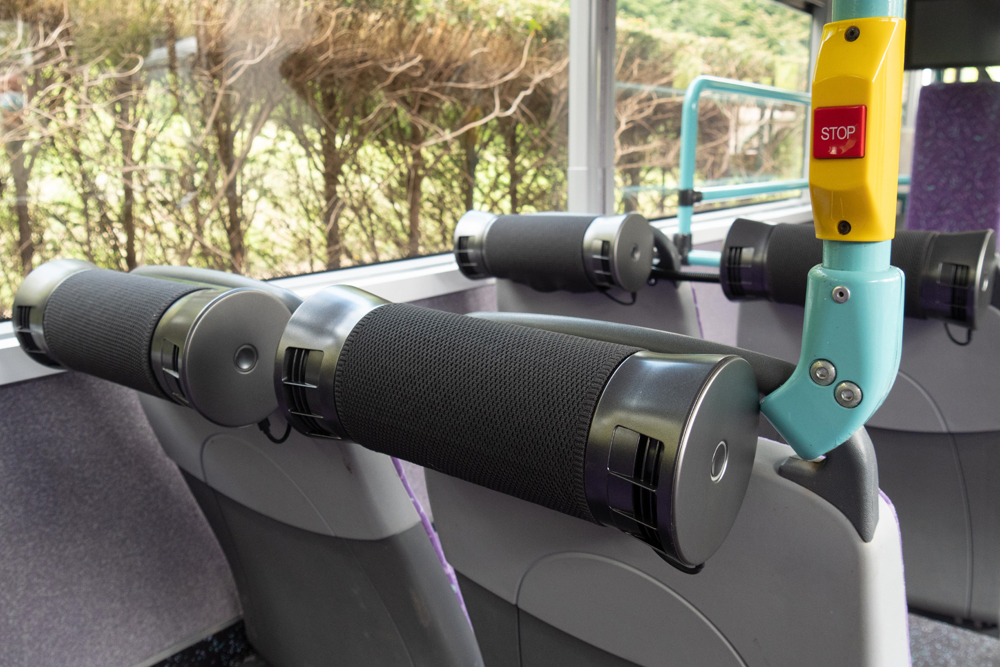
There is, at last, a glimmer of hope on the horizon. Although the road to recovery from the coronavirus pandemic will be bumpy, the steadily spreading drive to get vaccines into arms will gradually improve the economic situation of nations, particularly in Europe and North America, over the second half of this year and into 2022.
Workforces will increasingly return from furlough. Offices will slowly come to life again. But how will staff travel to their places of employment?
Certainly, the number of people who have the ability to commute by bicycle, scooter or even on foot will grow. But what about the millions of people for whom public transport continues to offer by far the most convenient – sometimes the only – means of getting to and from work? It was apparent even before the pandemic that many of the people who use buses to get to work in cities are the poorly-paid key workers, such as cleaners and maintenance staff, who keep the urban infrastructure ticking over.
How has public transit been affected by Covid?
The onset of the pandemic saw ridership figures shrivel, either because of nervousness among passengers at being in enclosed environments with large numbers of other people, or because governments mandated that they should work from home.

Figures from Transport for London, the UK capital’s transport utility, are typical of many cities: bus ridership slumped from 95% of normal on Monday 9 March 2020 to 52% by the end of the following week. Two weeks later, it had plummeted to just 16% of normal.
A year later, daily ridership figures were around 50% of normal and even the latest figures available, in mid-June this year, showed passenger figures had only recovered to the 60% range.
Figures for the London Tube dropped even more precipitously, to as low as 4% of normal, in March 2020 as the UK government issued instructions that only key workers should use the system. By mid-June 2021, passenger numbers were still only around 40% of pre-Covid levels.
Although these figures will continue to increase, clearly there is some way to go before all passengers who previously used the public transport system as their normal mode of transport return to it.
“I would say we see in many places there’s a need to rebuild or increase trust in the public transport service,” said Sylvain Haon, senior director of strategy at UITP, the Belgium-based International Association of Public Transport, which brings together stakeholders in the sector. “We have to work on the post-pandemic public transport experience.”
The picture varies widely between countries and even individual cities, he says, and was still something UITP was working hard to understand fully.
Medical authorities and passengers had initially believed that touching contaminated surfaces was a major vector for the spread of the virus, whereas it gradually became clear that airborne transmission was in fact much more likely.
The public transport sector had initially not wanted to comment publicly, as the science behind the spread of Covid was uncertain, but it became increasingly evident that transmission of the virus in public transport was low to non-existent.
Are there super-spreader events in trains?
Haon points out that, in general, public health experts say the high air exchange rate and widespread mask usage in public transport sharply reduces the chances of a so-called ‘super-spreader’ event on trains.
Good ventilation – through a combination of factors such as frequent door opening in buses and subways, together with advanced in-vehicle ventilation systems and the wearing of masks, plus the management of the level of crowding during the pandemics - explain the very low level of contagion in public transport. This has been confirmed by multiple studies in several countries.

Nevertheless, several types of cleaning were trialled, ranging from old-fashioned manual scrubbing of high-touch services with hospital-grade disinfectants to more advanced methods, such as bathing interiors with ultra-violet light each evening and installing ‘foggers’ or ‘misters’ that released clouds of vapour and had the advantage over manual cleaning by coating every surface and penetrating fabrics.
As part of its support for member organisations during the pandemic through sharing best practice and scientific knowledge, UITP teamed up with Issa, the worldwide cleaning industry association and its associate organisation, the Global Biorisk Advisory Council (GBAC).
The partnership provided recommendations for the public transport sector to adjust its cleaning practices and offered the GBAC Star accreditation to transport providers. GBAC Star provided an online course for key employees, guidance for outbreak risk assessments and cleaning techniques.
However, it will take more than companies simply informing former passengers of such prophylactic measures to get them back on board, said Haon.
How can we minimise passenger fears?
“They need to update the narrative on public transport, to remind them that public transport workers are essential workers and that public transport is at the centre of the life of cities. Public transport kept running even though it was almost empty, but they were critical to take nurses to hospitals, et cetera. It’s about strengthening the image of public transport and, of course, ensuring that public transport itself is delivering a safe and efficient service.”
Several cities in Europe, such as Berlin, Madrid and Brussels have already issued videos on this theme, he noted.
As public transport moves from crisis management mode to a more long-term position, more measures are being put in place to minimise any fears passengers may harbour.
Many operators whose bus stops are equipped with electronic information screens are now using them to inform waiting passengers how many people are riding on approaching vehicles, said Haon; those passengers still spooked by the thought of riding in a crowded vehicle can then make an informed judgement on whether to wait for a less busy vehicle.
Jeff Cross, media director at Issa, struck a sobering note, however. Human nature and budgets being what they were, he suspected that cleaning activities in the transport sector would be scaled back as the pandemic eased.
He had already detected a slight movement away from cleaning and disinfection since the US Centers for Disease Control and Prevention (CDC) stated that cleaning of common surfaces was less important than initially thought. And there was no doubt that “it does cost more to do more”, he said.
When organisations were strapped for cash: “Usually the first thing to be cut is the cleaning budget. That’s a global issue. Our position is we need to make sure we don’t lose the ground we’ve gained in the cleaning and disinfecting of surfaces.”
Case study: AirLabs
Public transport companies are doing everything they can to mitigate risks – real or perceived – for an audience of concerned customers, according to Stuart Walker, head of product marketing at UK air quality management company AirLabs.
And they’ll have to, as that concern was increased by conflicting messages as to how the virus was transmitted in the early stages of the pandemic from bodies such as the World Health Organisation and the US Centers for Disease Control and Prevention.

Public transport authorities in many countries regularly poll their passengers on issues such as cleanliness. At the end of 2020, those polls showed continued reluctance by many to use public transport; the increase in the number of cars on the road backed this up, as those who still had to commute to work opted to choose their own environment for travel, if that mode of transport was available to them.
While public transport passenger numbers have risen from the doldrums, they are still short of pre-pandemic levels. “There are people who have to catch the train or bus, but they do so with an air of caution,” said Walker. “They still want social distancing, people to wear masks, cleanliness, opening of windows et cetera. Studies have shown around 60% won’t use public transport unless there is social distancing. It could be 2024 to get back to pre-pandemic numbers.”
However, one piece of good news for operators is that the 16-24 age group is willing to use public transport; even pre-pandemic, the number of driving tests was dropping sharply and young people had a ‘greener’, more egalitarian mindset, he added.
“Every company is making it clear to customers that they are doing everything they possibly can to provide them with a safe environment in which to travel,” said Walker. In the UK, the Department for Transport has initiated its Building Bus Back Better campaign to make buses the mode of transport of choice.

However, visible measures to improve passengers’ state of mind are likely to be necessary. AirLabs’ products such as AirBubbl and AiroSafe have increasingly found a home in buses and trains. Both work by filtering particulate matter and viruses from their surroundings, returning cleaned air to the vehicle’s interior.
Typically, 10-14 units – usually bracket-mounted on ceilings – are sufficient for a single-decker bus and have been deployed in several US cities such as Plymouth, Massachusetts and Turlock, California. AirLabs is also working with a major rolling stock manufacturer to provide coverage for train carriages, both new and refurbished.
Although the market for air filters is a crowded one, Walker points to Airlabs’ successful testing in an independent Paris laboratory for efficacy in removing virus particles from the air.
Being able to prove that the product actually works is important: “We’ve seen a huge increase, especially in the US and here in the UK, of operators wanting to differentiate themselves and prove to their customers that they are doing everything they possibly can do to keep them safe.”
Case study: Vancouver
New attention is being paid to a traditional self-sanitising material in the Canadian province of British Columbia.
Early trials of copper surfaces by TransLink, Metro Vancouver’s transportation network, have found that the metal killed 99.9% of bacteria on its surface.
Although the trial was not to detect the presence of the Covid-19 virus, copper was known to be hostile to the virus, said Dr Marthe Charles, medical microbiologist and division head for Medical Microbiology and Infection Prevention and Control at Vancouver Coastal Health (VCH).
A March 2020 study in the New England Journal of Medicine demonstrated that aerosols of Covid-19 remained on stainless steel and plastic up to 72 hours, but were rendered unviable on copper after four hours.
In Vancouver, copper was applied to two buses and two SkyTrain automated rapid transit cars for a five-week trial in November 2020, both in the form of copper decals and as a copper nickel plasma spray. The latter is a thermal coating method in which the coating materials are sprayed at high pressure over the base material.
“We are…finalising plans for Phase II trials that will take place for a duration of one year and are hoping to at the very least double the size of the number of vehicles involved in this research project,” said Dr Charles. “We are hopeful that this could take place before the end of 2021.”





